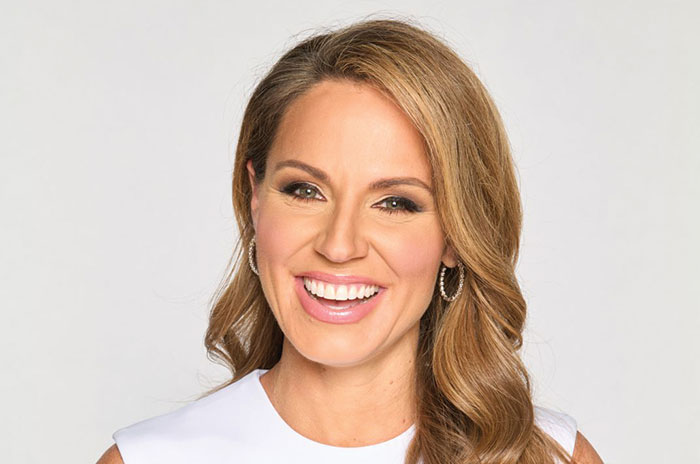Every Jewish New Year we recite the words, "Repentance, prayer and charity avert the evil decree." It sounds straightforward enough, but trying to navigate myriad charities, especially Jewish charities, is confounding.
There is often an extra layer of complexity that comes with evaluating an American arm of a charity that benefits a sector in Israel or Jewish people living in distressed conditions in a far-off country.
Then come questions of how much to donate and in what manner to give.
Next, you may wonder what percentage of money received by the organization is actually funding the programs and services defined by the charity’s mission statement, and what amount is contributing to paychecks and perks to the charity’s officers.
And then there is the question most people should — but often don’t — ask themselves: How do I know which charitable organizations are legitimate and which are fraudulent?
Discouraged? Don’t be. And certainly don’t stop giving. Just give wisely.
"If you find a charity on GuideStar, at the very least, it is a legitimate organization," said Suzanne Coffman, director of communications at GuideStar (www.guidestar.org), which maintains an online national database on thousands of nonprofit organizations based on their IRS filings. However, Coffman cautions that you cannot infer that an organization is fraudulent simply because it is not included in their database.
"For instance," she said, "faith-based organizations are not required to register with the IRS, so they wouldn’t be on our Web site."
She advises people considering donating to a synagogue or a Jewish educational center to ask to see their IRS Letter of Determination, a form excluding them from submitting certain forms other charities must file annually.
"One of the ways we recommend to see if an organization is on the up and up," Coffman said, "is to look at their mission statement and the specificity of their programs and ask yourself how verifiable it is. Look out for organizations that are vague in the way they describe their programs and purposes, and how they will accomplish them."
If you are approached by an unfamiliar charity, check it out. Most states require charities to register with them and file annual reports showing how they use donations. Also, beware of sound-alikes. Some crooks try to fool people by using names that are very similar to those of legitimate, established charities.
The Better Business Bureau’s (BBB) Wise Giving Alliance, which reports on charities and other soliciting organizations, offers free "Charity Reports" on their Web site, www.give.org. Like GuideStar, the list of charities evaluated is not exhaustive, especially those whose primary operations are in Israel. If you seek to verify the authenticity of a local charity that solicits regionally, contact a local BBB.
Often the best source of information is from the charity itself. You can contact the organization directly and request a copy of its most recent annual report and IRS Form 990. There, you can find out how much of the money it receives goes toward its stated mission and how much goes toward executive salaries, fundraising and administrative costs.
If an appeal for funds from an unfamiliar charity makes its way into your mailbox, you can also contact the government office responsible for registering charities in your state. Most state attorney general’s offices have a local charity registration division.
"Beware of appeals that bring tears to your eyes, but tell you nothing of the charity or what it is doing about the problem it describes so well," the BBB offers in its tip sheet for avoiding charity scams.
Online IRS filings also reveal how much charities pay their top officers. The Chronicle of Philanthropy, dubbed The Newspaper of the Nonprofit World, regularly lists such public information and provides information on how to assess a charity’s overhead.
Giving Tzedakah
According to Maimonides’ treatise on tzedakah, or doing justice, the highest level of charity is to help prevent a person from becoming poor. For example, finding someone a job or teaching a person a trade is far better than writing that person a check.
The next highest level occurs when a person contributes anonymously to a tzedakah fund that is then distributed to the poor. Jewish law commands that a person contribute between 10 percent and 20 percent of their net income to tzedakah.
It is wonderful to encourage and facilitate charitable giving on the part of our children. The b’nai mitzvah is an important spiritual passage that is often reduced in our culture to an elaborate party and gift-giving bonanza. As parents, we can imbue spiritual and profound meaning to these celebrations by designating a portion of these gifts to go toward a tzedakah of the child’s choosing.





















 More news and opinions than at a Shabbat dinner, right in your inbox.
More news and opinions than at a Shabbat dinner, right in your inbox.